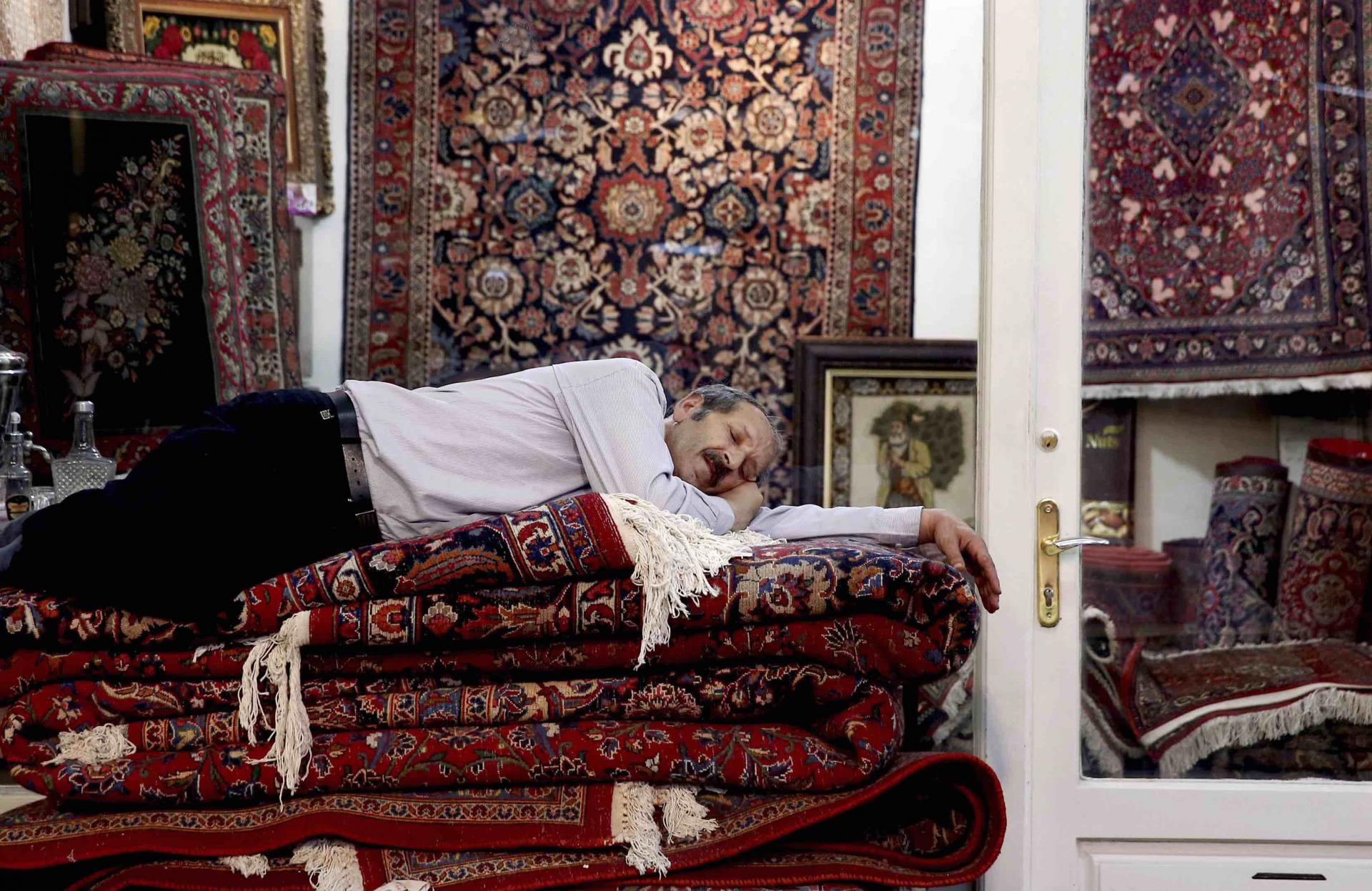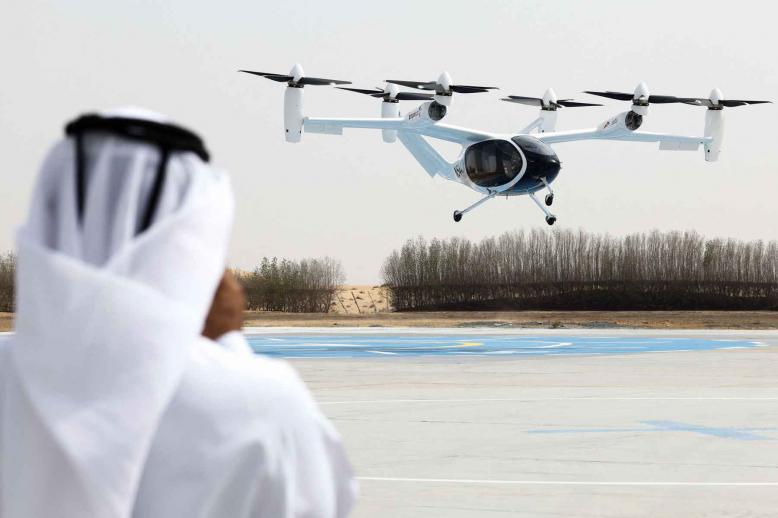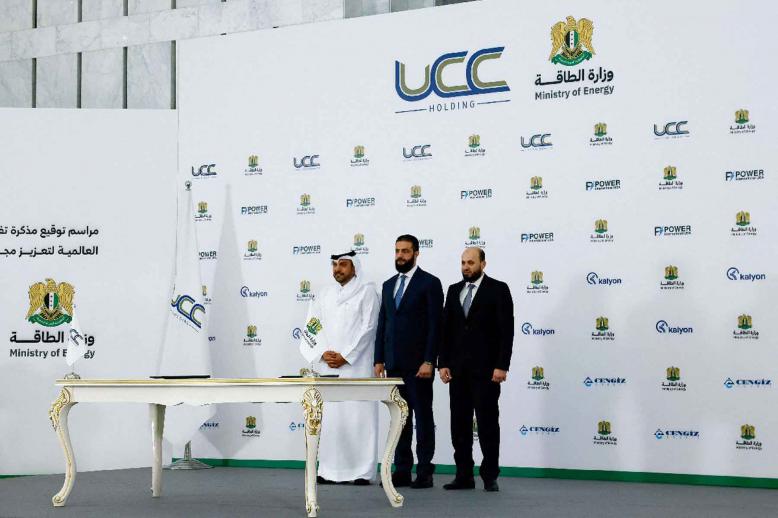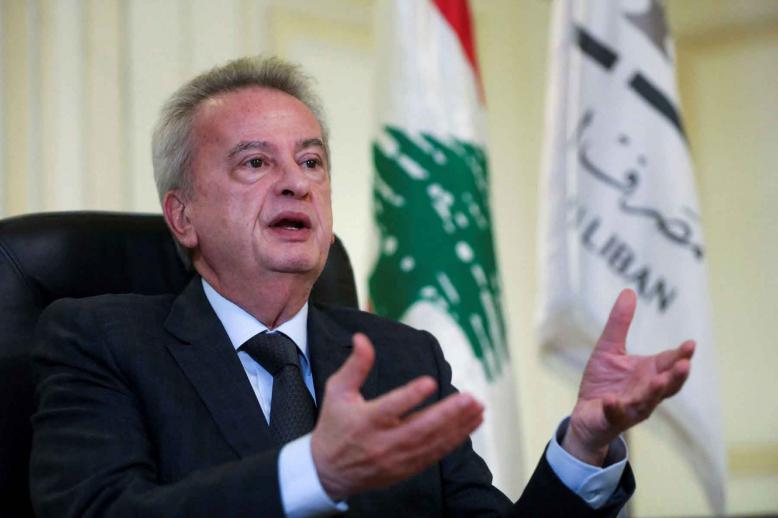New budget won’t fix Iran’s economic, social or political problems
Floods in southern provinces in Iran exposed creaking infrastructure, with sewage flowing into the streets in Ahvaz. A large clean-up bill will add pressure to government finance.
Parliament is considering a draft budget for March 2020-March 2021, recently presented Iranian President Hassan Rohani, that sets out to manage a 70% fall in oil revenue since the United States imposed stringent sanctions. While the budget has become less transparent in recent years the overall shape is clear.
Proposed government spending of 4.8 trillion rials — converting to $115 billion or $40 billion at market or official rates — is a 25% increase but a cut in real terms, given 36% inflation. Options are constrained by an economic downturn, with the International Monetary Fund (IMF) estimating contraction of 9.5% this year after a 4.9% contraction in 2018.
The budget aims to reduce the effects of falling oil sales and recession by raising taxes, selling bonds and privatising state-owned companies (the total state budget, including state companies and banks, comes to 19.8 trillion rials, $470 billion). Rohani also envisaged a $5 billion loan from Russia.
However, widespread protests following increased petrol prices November 15 highlight that Rohani’s challenge is as much social and political as fiscal. Hence, the importance of the 15% increase (in money terms) in government salaries and of expanding cash handouts for most citizens.
The outlook would be far worse if employment were not increasing — 3.3% year-on-year in the third quarter of 2019 — as the falling rial and sanctions favour domestic producers. At 10.5%, the unemployment rate is the lowest for seven years.
Still, the protests obscured the rationale for increasing petrol prices. Government plans to cut energy subsidies, which favour the better-off and divert some of the savings into cash transfers to less well-off Iranians, were praised by both the IMF and advocates of social justice.
However, raising petrol prices before new cash payments were announced sparked attacks on petrol stations, banks and police stations. The harsh reaction from security forces left more than 300 people dead, Amnesty International said.
“I’m not sure why they picked November 15 but they’ve been kicking the can down the road for a while,” said Djavad Salehi-Isfahani, an economics professor at Virginia Tech. “I suspect prospects for government revenues looked bleak and hiking the gasoline [petrol] price seemed like a good option.
“I also suspect Rohani did not have his heart in the cash-transfer part, which is why he announced the one without the other, causing popular anger.”
Salehi-Isfahani has monitored the situation for many months, criticising the belief of many Rohani advisers that cash transfers “foster beggars.” He calculates the proposed switch from petrol subsidies to cash transfers would benefit the bottom 60%, penalise the top 40% and cut the poverty rate 2.6%.
Salehi-Isfahani looked back at 2011 when former Iranian President Mahmoud Ahmadinejad raised energy prices and extended transfers. He estimated the real value of what people would receive today in cash transfers is half that of 2011, given that prices have quadrupled.
“However, given the looming government budget deficit, this should be seen as rather generous,” Salehi-Isfahani wrote on November 23. “The Rohani government is not repeating the mistake of the Ahmadinejad government that paid out [in transfers] more than it received from the [energy] price increase… Without compensation, gasoline price increases hurt the poor, not because the poor are big consumers of gasoline but because there is no room in their budgets for further cuts.”
The notion that poorer Iranians deserve a larger share of the country’s resources has an important political pedigree. The 1979 Islamic revolutionaries stressed their commitment to the mustazafin (‘the dispossessed’), a Quranic term adopted by activist-philosopher Ali Shariati and then by revolution leader Ayatollah Ruhollah Khomeini. This explains why the protests against petrol prices are so serious.
“At the start, the Islamic Republic opposed rich people in the name of ‘social justice’,” said Saeid Golkar, assistant professor of political science at the University of Tennessee. “In its third decade, especially with the Green Movement, the middle class demanding social freedom also become an enemy.
“Now, in 2019, we see protests of poor and lower-middle-class people — the mustazafin. The social base of the Islamic Republic has shrunk. Even the religious poor are surprised by the brutality of the reaction and they are hurting because of the economy.”
Golkar stressed the souring of popular perception. “Many people believe corruption and poor management are problems. Few believe the justification for increasing the prices of gasoline and oil. They think the revenue saved [from lowering subsidies] is going into someone’s pockets,” he said.
Hence, restoring support from poorer Iranians is not just about strengthening and simplifying cash transfers, urgent as that is. In his December 4 statement, Iranian Supreme Leader Ayatollah Ali Khamenei promised that anyone killed who had no role fomenting unrest would be treated as a “martyr” with their family paid “blood money as restitution.” Even families of those “killed while armed and in clashes with security forces” would be shown “Islamic clemency… [and] compensated proportionally.”
Gareth Smyth has covered Middle Eastern affairs for 20 years and was chief correspondent for The Financial Times in Iran.







